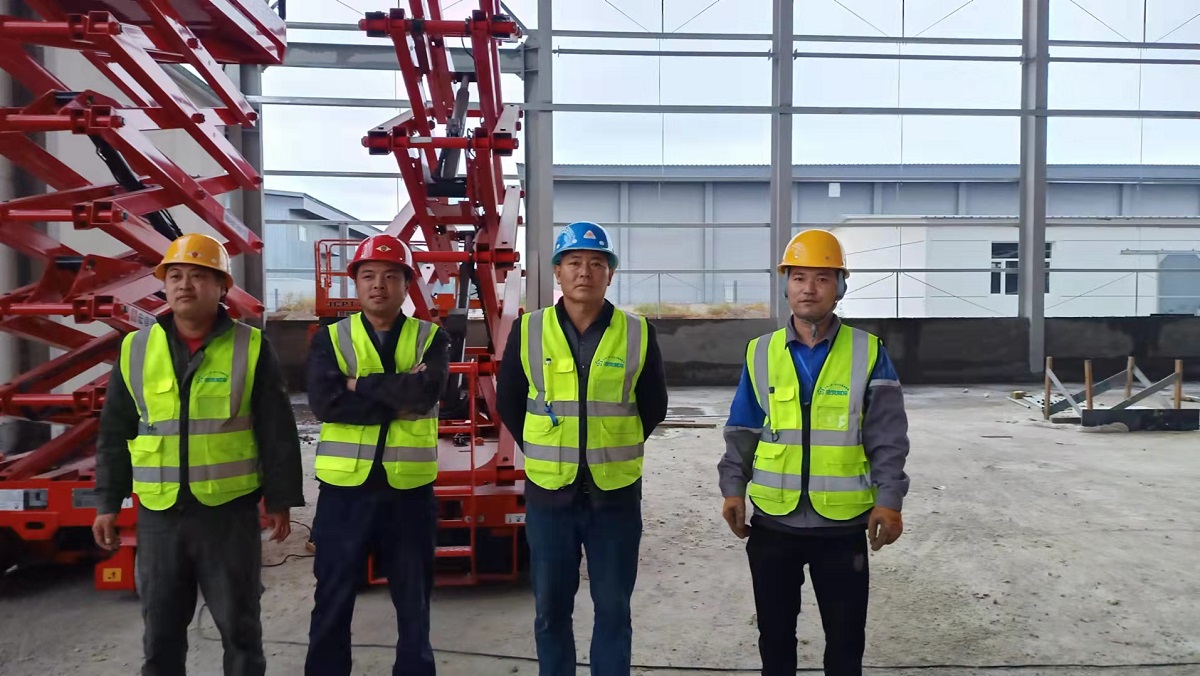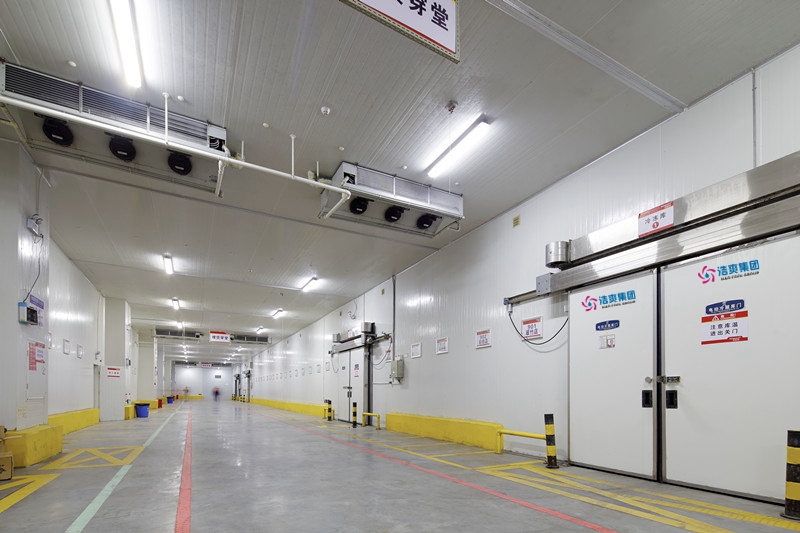One of the most frequently asked questions from our clients is:
“How much does it cost to build a cold storage facility with a 2,000-ton capacity?”
Estimated Size and Budget
To calculate the approximate area, we generally estimate that storing 1 ton of goods requires around 5–6 cubic meters of cold storage space. Therefore, a 2,000-ton cold room would need approximately 12,000 m³ (≈ 420,000 ft³).
If there are no special temperature or functional requirements, the construction cost in China would be around 1.8 to 2.2 million RMB (≈ $250,000–$300,000 USD).
This is only a reference estimate — actual costs vary depending on specific project requirements.

Group photo of the cold storage construction team
What Factors Influence Cold Storage Construction Cost?
1. Insulation Materials
Insulation is critical to cold storage efficiency. There are two main types of insulation panels:
Polyurethane (PU) panels: Durable, excellent insulation performance, ideal for most applications.
Expanded Polystyrene (EPS) panels: Cheaper but with poorer insulation and shorter service life, typically used for chillers above 0°C.
The quality and thickness of the insulation materials directly impact both performance and construction cost.
2. Refrigeration Equipment
Refrigeration units are the core of any cold storage facility. Key components include:
Compressors
Condensers
Evaporators
Electrical control systems
Equipment cost can vary significantly depending on whether you choose imported or domestic brands. Imported systems offer higher performance and longer service life but at a higher price. We recommend trusted international or Chinese brands to ensure stable long-term operation.
3. Auxiliary Components
These include:
Cooling towers
Water pumps
Piping systems
Liquid receivers
Valves, separators, switches, etc.
The larger the cold storage, the more components are required, increasing the total cost proportionally.
4. Installation and Labor
Installation cost depends on:
On-site construction difficulty
Labor costs in your country/region
Travel and logistics (especially for overseas projects)
Remote or overseas locations may incur additional costs for logistics and engineering services.
5. Cold Storage Purpose
Different uses require different specifications. For example:
Explosion-proof cold rooms for hazardous chemicals
GMP-compliant cold rooms for pharmaceuticals and vaccines
Each function has different regulatory standards and safety requirements, which affect cost.

Interior view of a 2000-ton cold storage warehouse
6. Temperature Requirements
Cold storage facilities are typically categorized by temperature ranges:
High-temperature cold rooms: 8°C to 25°C (46.4°F to 77°F) – Suitable for fruits, vegetables, or general storage.
Medium-temperature cold rooms: 0°C to 8°C (32°F to 46.4°F) – Common for dairy, beverages, or meat processing.
Low-temperature cold rooms: -25°C to -10°C (-13°F to 14°F) – Ideal for frozen meat, seafood, or long-term storage.
Lower temperature requirements require stronger refrigeration capacity, thicker insulation, and higher-grade materials — all of which increase the cost.
7. Special Industry Standards
Industries such as pharmaceuticals often require dual refrigeration systems — one active and one standby — to ensure uninterrupted operation in case of equipment failure. These advanced setups add to the overall investment but are essential for safety and compliance.
The cost to build a 2,000-ton cold storage warehouse varies widely depending on technical requirements, material quality, temperature levels, and intended use.
If you’re planning to invest in a reliable cold storage solution, our team can provide:
Tailored design solutions
Professional equipment configuration
Full export support and international installation
Contact us today for a customized quote and expert consultation.
 China cold storage solution provider
China cold storage solution provider
